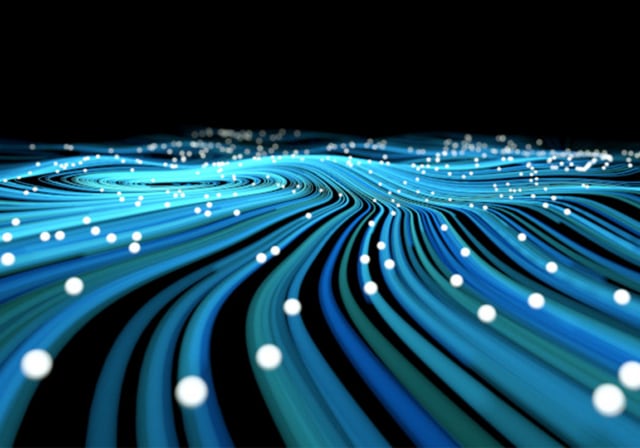What is DSL?
A digital subscriber line (DSL) is connected through traditional phone lines. And while it's not the same cumbersome dial-up connection of yesteryear—it's used by less than one percent of U.S. households, generally in very rural areas, since it only requires phone lines, which are widely available where other technologies may not yet be. You can get Wi-Fi with DSL, but you’ll need to set up a Wi-Fi network by connecting to a wireless router.
What is Fiber?
Fiber broadband, or fiber internet, uses fiber-optic technology to transmit information to your home. Since it doesn’t rely on older infrastructure and technology, it's definitely a better option for those who need a stronger connection than DSL. Wi-Fi is also available with fiber broadband.
What is Cable?
Cable internet is the most common type of home internet today. It's connected through cables and Wi-Fi is available through a wireless router.
What is 5G Home Internet?
5G home internet uses a 5G gateway device in tandem with Wi-Fi 6 to provide connectivity at your home. Since 5G utilizes cell towers, you’ll need to first be within a certain range to be eligible for 5G home internet. But expansion continues throughout the country every day. In fact, T-Mobile is America’s fastest growing Home Internet provider. See if 5G Home Internet is available in your area now and then, if you'd like, take a 15-day test drive to see if it works for you.
Choosing a connection doesn’t have to be a hassle. Understanding the differences between DSL, fiber, cable and 5G home internet is an important first step toward choosing a plan that is right for your household, your location and your budget.
Sources:
https://www.gartner.com/en/glossary
https://data.census.gov/table/ACSDT1Y2019
https://www.highspeedinternet.com/resources/compare-internet-provider-types
